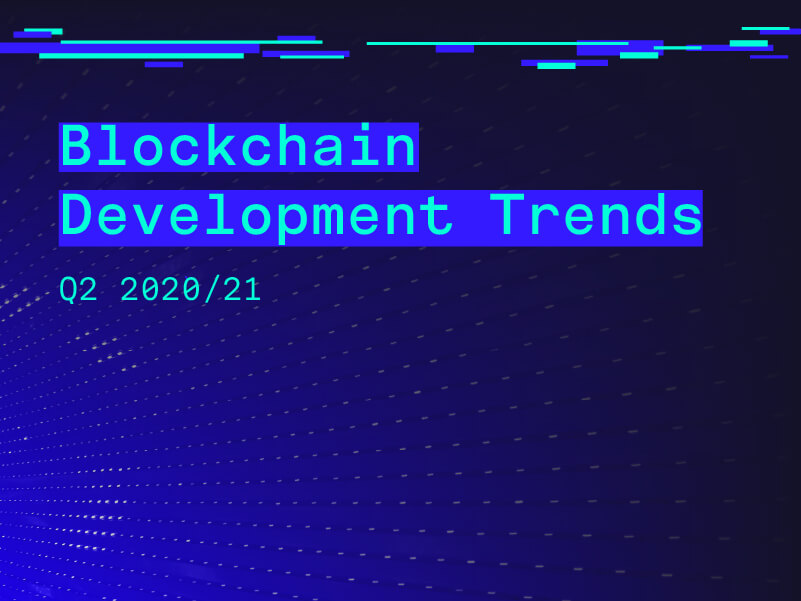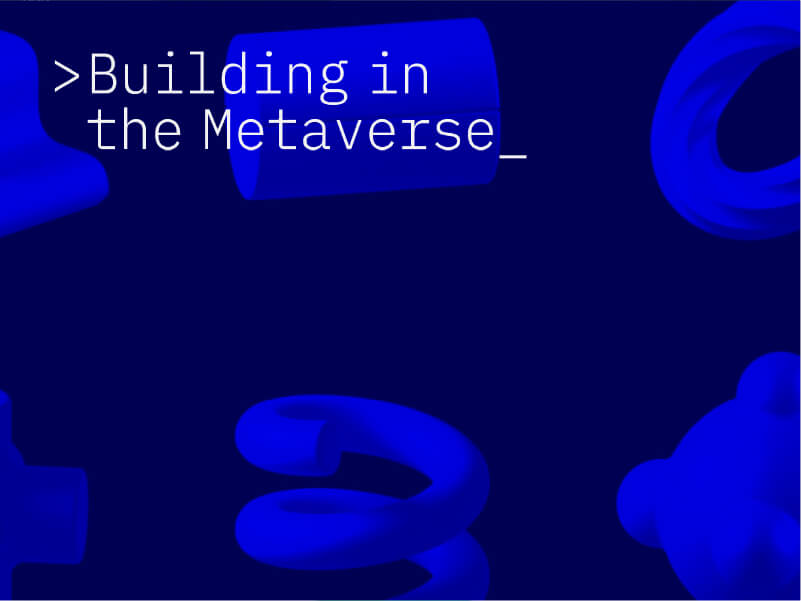Token Gravity: M&A In Web3

This article was written by Matthew Dawson, Dimitrios Chatziagnoustou, and Jamie Burke. The Concept of Token Gravity In the rapidly evolving landscape of blockchain and cryptocurrencies, a powerful new force is emerging: Token Gravity. Originally conceptualised by Outlier Ventures in 2017, Token Gravity is becoming increasingly relevant as the blockchain landscape matures. What began as […]
Account Abstraction: From Chaos to Clarity

A Practical Guide to Better User Experience Introduction Although blockchain technology has been around for a while and the market has grown dramatically over the last decade, resolving the current high-friction onboarding process is the key to the kind of market expansion that will turn native crypto transactions into a mainstream idea. Luckily, new paradigms […]
FARFETCH and Outlier Ventures Now Accepting Applications for Dream Assembly Base Camp Cohort Two

LONDON, U.K. January 30, 2023 – FARFETCH Limited (NYSE: FTCH), the leading global platform for the luxury fashion industry, and Outlier Ventures, the leading global Web3 accelerator and investor, have opened applications for Dream Assembly Base Camp Cohort Two. Dream Assembly Base Camp is a remote 12-week accelerator program which provides a cohort of the […]
Blockchain Development Trends Q2 2020/21

In the blockchain development trends report, we analyze critical projects and protocols of the Web3 ecosystem. We identify trends such as rising commit levels, consistent commit levels, a rising number of core developers, and other related areas of development activity. In the process of conducting our research, we analyzed 4,831 individual repositories, 1,246,318 code commits, […]
Building in the Metaverse

A way to approach this is to look at the anatomy of any given instance of the Metaverse as a platform at its various levels of the stack as we have outlined below. User persona: the identity and properties of end-users, including their name, avatar, ownership of assets, reputation. End-user hardware and software: the hardware […]
Predicting the Long Term Value of NFTs; Cloud Streaming & the Metaverse

In case you haven’t come across non-fungible tokens already, here’s a short explainer: non-fungible tokens act as unique identifiers for digital items, allowing a creator to assign an unhackable string of data to a product, which is tradable via blockchain. This has multiple use-cases, but most importantly, we can now uniquely identify the owner of […]

